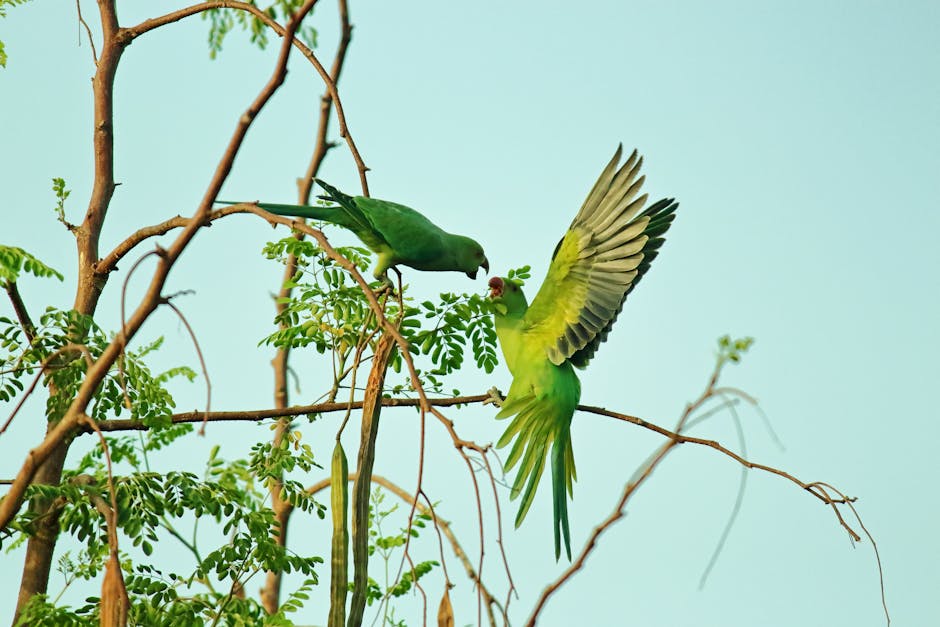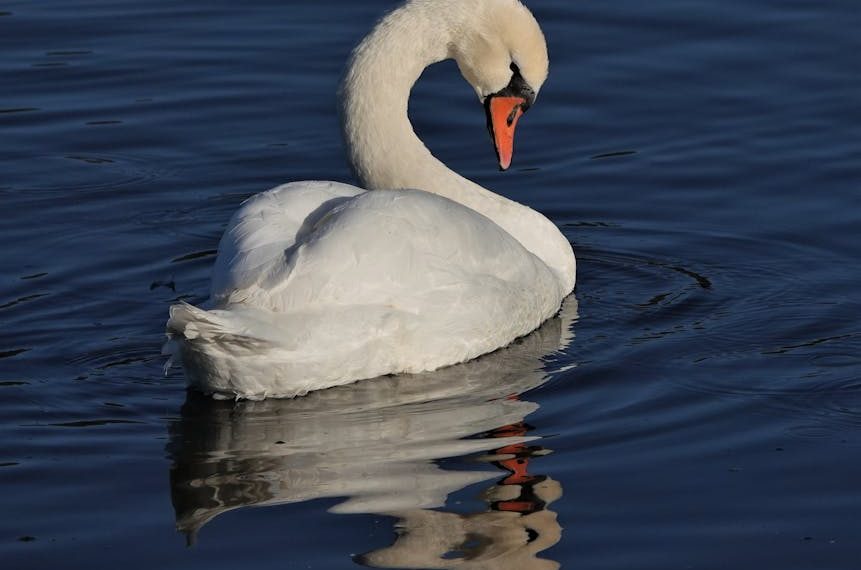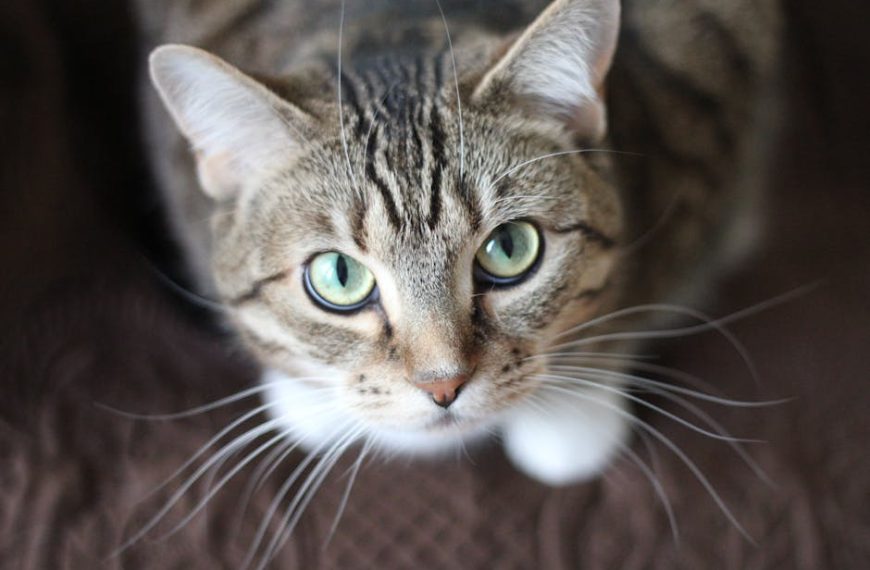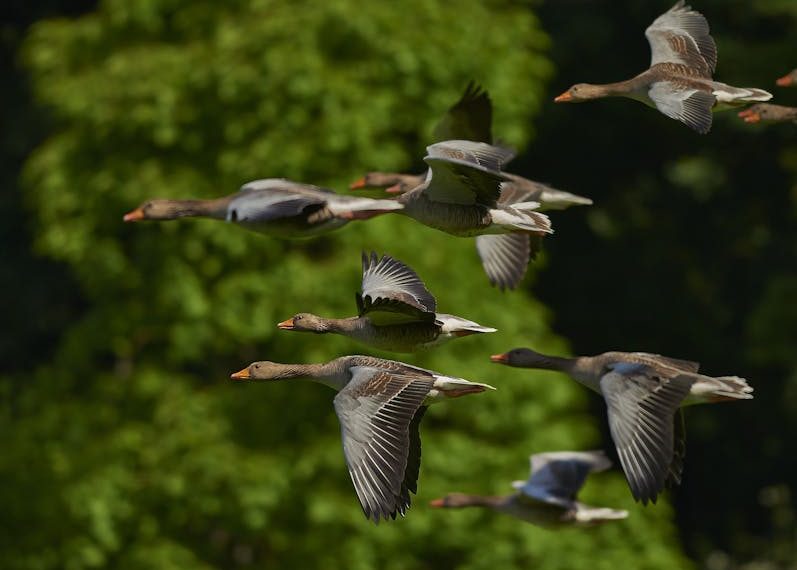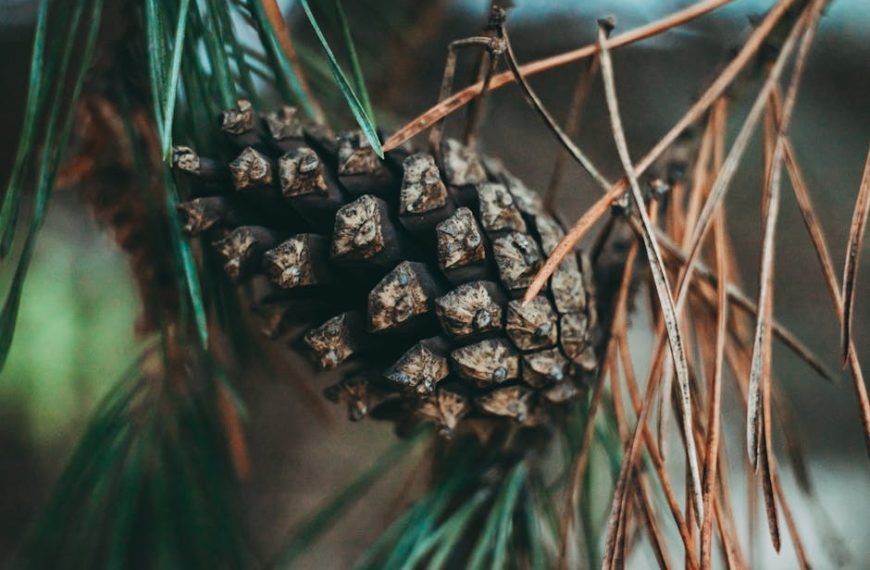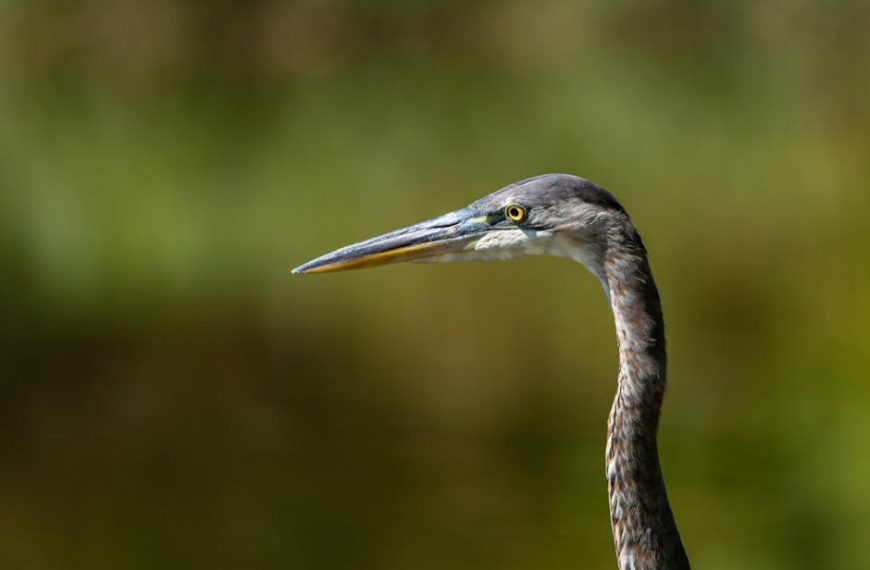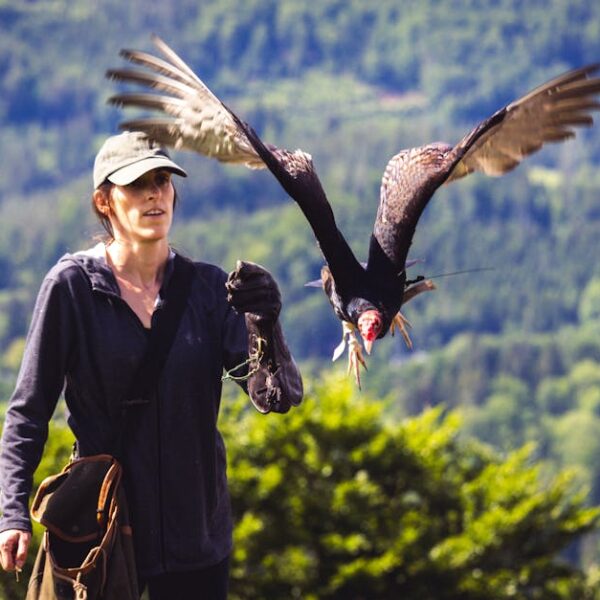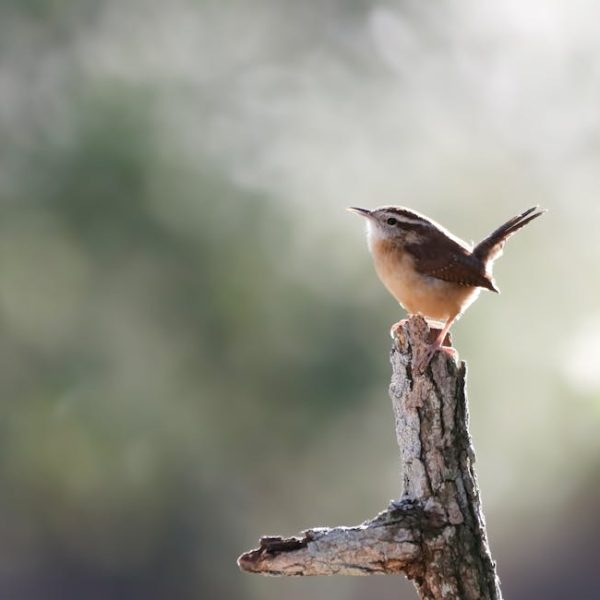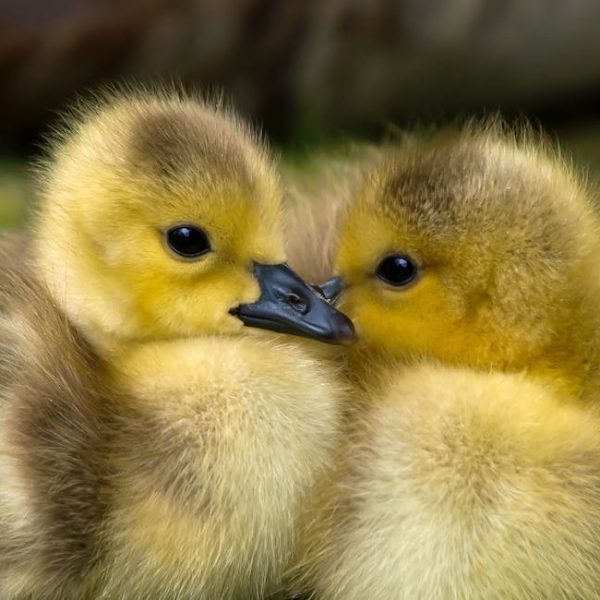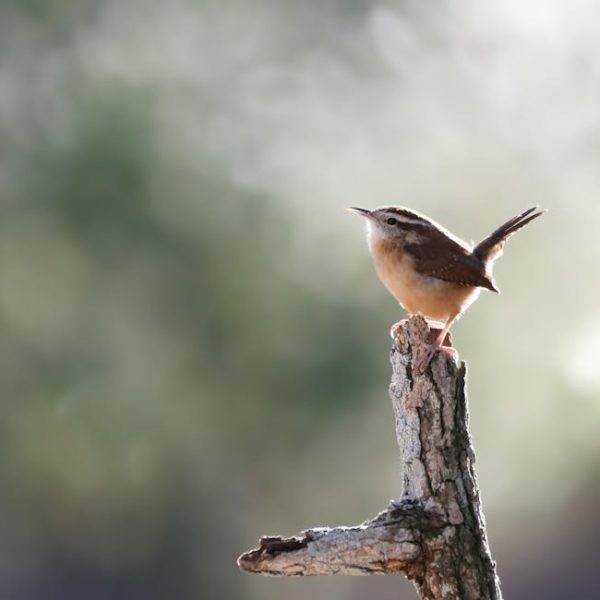Birds are opportunistic creatures and are drawn to easily accessible sources of food and water. The surplus of food served to backyard pets often presents a tempting smorgasbord to these winged invaders, causing them to flock towards your pet’s dishes. But this isn’t just a matter of shared resources. The problem escalates when these interactions lead to health and nuisance issues, such as disease transmission, dog food wastage, and unwanted noises.
Main reasons birds are attracted to dog food and water:
– Easy and open access to food
– Presence of water for drinking and bathing
– Spilled food attracting more birds
Quick Tip: If you notice an unusual number of birds around your home or observe them dipping into your dog’s dishes, it’s time to address the issue.
Keeping Dog Food and Water Indoors
One of the most straightforward precautions to prevent birds from snacking on your dog’s meals is to bring the food and water bowls inside. By switching to indoor feeding, you block easy access, disrupting the birds’ routine visit to your dog’s dishes. However, while beneficial in keeping birds away, this method might not always be convenient depending on your home setup and personal lifestyle.
Best Practice: For a successful transition, gradually shift the feeding location closer to your entrance and eventually inside. Acknowledge your dog’s comfort and ensure the new spot does not interfere with their normal eating habits.
Pro and Con Comparison of Indoor vs Outdoor Feeding:
“`html
| Indoor | Outdoor | |
|---|---|---|
| Pros | Eliminates bird risk, cleaner feeding area, better weather control. | Convenience, less indoor mess, more natural environment for dogs. |
| Cons | Potential mess inside, space requirements, change in pet behavior. | Attracting birds and other unwanted guests, weather influences. |
“`
Bird-Proof Dishes and Accessories
Bringing the dishes indoors might not always be feasible. Here’s when bird-proof dishes and accessories, like raised dog dishes or covered food bowls, come into play. By obstructing bird access, these products make it difficult for birds to reach the food while allowing your dog to feed freely.
Popular bird-proof dishes and accessories:
– Covered Dog Bowls
– High-walled or deep dishes
– Automatic feeders
Best Practice: When opting for bird-proof dishes, ensure to carefully follow the installation instructions and regularly check for signs of wear and tear that might compromise their efficiency.
Employing Bird Deterrent Techniques
Aside from altering feeding locations or buying bird-proof dog dishes, you can also use bird deterrent techniques. These methods work by making the feeding area unattractive or unwelcoming to your winged visitors. Remember, it’s crucial that any techniques applied don’t harm the birds or pose potential risks to your dog.
Common bird deterrent techniques:
– Visual deterrents: Reflective objects or bird scare balloons.
– Sound deterrents: Ultrasonic bird repellents that emit sound frequencies unpleasant to birds.
– Movement deterrents: Wind chimes or moving garden decorations.
Quick Tip: Pair different techniques for maximum effectiveness. Monitor the bird activity and your dog’s reaction to adjust the methods as needed.
Ensuring Cleanliness and Regular Maintenance
Maintaining your dog’s feeding and water area clean is another effective way to keep birds at bay. Birds, like many creatures, are attracted to areas with readily available food scraps, so a clean feeding area is less tempting.
Best Practice: Establish a regular feeding schedule for your dog, removing any uneaten food promptly. Clean the dishes and surrounding area immediately after feeding.
Quick Tip: Use vinegar and water mixture or pet-friendly cleaning products to disinfect the area. The smell of vinegar is known to deter birds.
Summary
While it may seem an innocent cohabitation, having birds continually feed from your dog’s dishes exposes both your dog and the local bird population to potential health risks. From opting for a strict indoor feeding routine to using bird-proof dishes and deterrents, there are numerous strategies you can employ. Remember, consistency is critical in breaking the bird’s feeding pattern, and maintaining cleanliness around your dog’s feeding area is crucial.
By employing these efficient strategies, not only will you protect both your dog’s food and local bird population, but you can also enjoy a quieter and cleaner backyard. So start today, and make your dog’s feeding area a no-bird zone.
Key Takeaway:
- Birds are attracted to dog food and water due to easy access, presence of water, and spilled food. This can lead to health and nuisance problems.
- Keeping dog food and water dishes indoors can deter birds, but it’s also important to consider the dog’s comfort and the homeowner’s convenience.
- Bird-proof dishes and accessories can be an effective solution. These make the food difficult to reach for birds without causing hindrance to the dog’s feeding.
- Numerous bird deterrent techniques such as visual, sound, and movement can be employed to make the area unattractive to birds.
- Maintaining cleanliness and regular maintenance of the feeding area is critical to discourage birds from settling in the area.
Co-existing with nature doesn’t mean that your dog’s health or your peace should be compromised. Employing these strategies can effectively solve the problem without harming the neighborhood birds. These solutions are more about making the food and area less accessible or attractive to birds. By doing so, you can achieve a better and healthier environment for your pet and a cleaner and quieter backyard for yourself.
FAQs
Q: Are there specific types of birds that are more likely to eat dog food?
A: All birds are opportunistic feeders, but bigger species like crows or pigeons can cause more noticeable problems due to their size and number.
Q: Is it harmful for birds if they eat dog food?
A: Although not toxic, dog food is not the ideal diet for birds and can lead to nutritional imbalances over time. Feeding on dog’s dishes can also expose them to potential diseases.
Q: Can bird-proof dishes cause discomfort to my dog while eating?
A: No, if properly chosen, bird-proof dishes should not interfere with your dog’s comfort while eating. It’s important to select products suitable for your dog’s size and eating habits.
Q: Could bird deterrent techniques scare my dog?
A: Some sound or movement deterrents might potentially startle your dog at first. Monitor your pet’s reaction and adjust the methods as needed to ensure their comfort.
Q: Are there any pet-safe products for cleaning the feeding area?
A: Yes, many pet-friendly cleaning products are available on the market. You can also use a vinegar and water solution, as it is safe for pets and the vinegar smell deters birds.
If you find these tips and insights helpful, feel free to share this article with other dog owners. Check out our other posts for more pet care advice.
